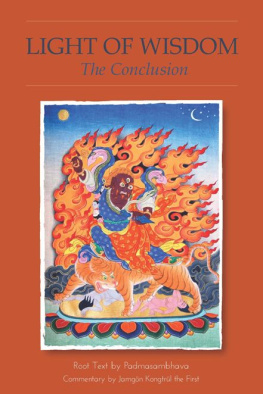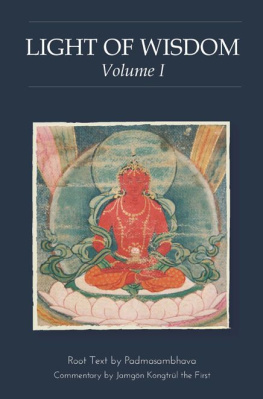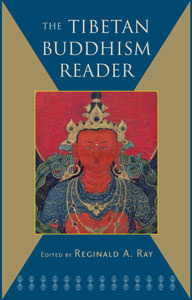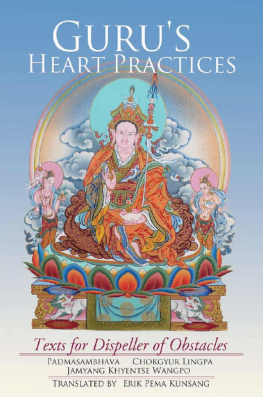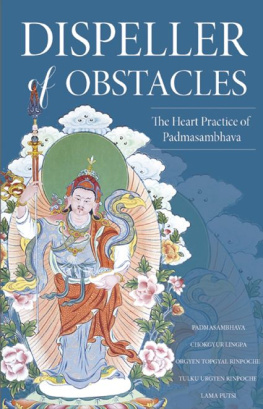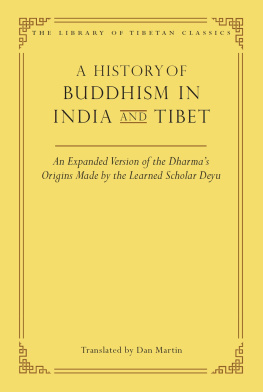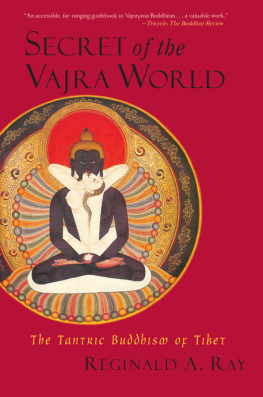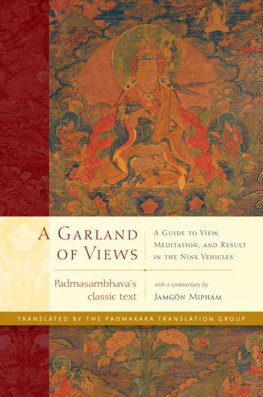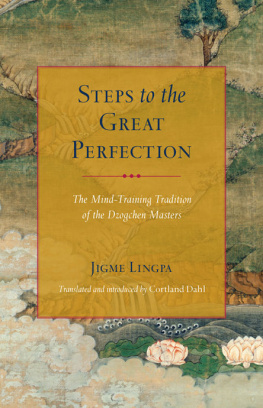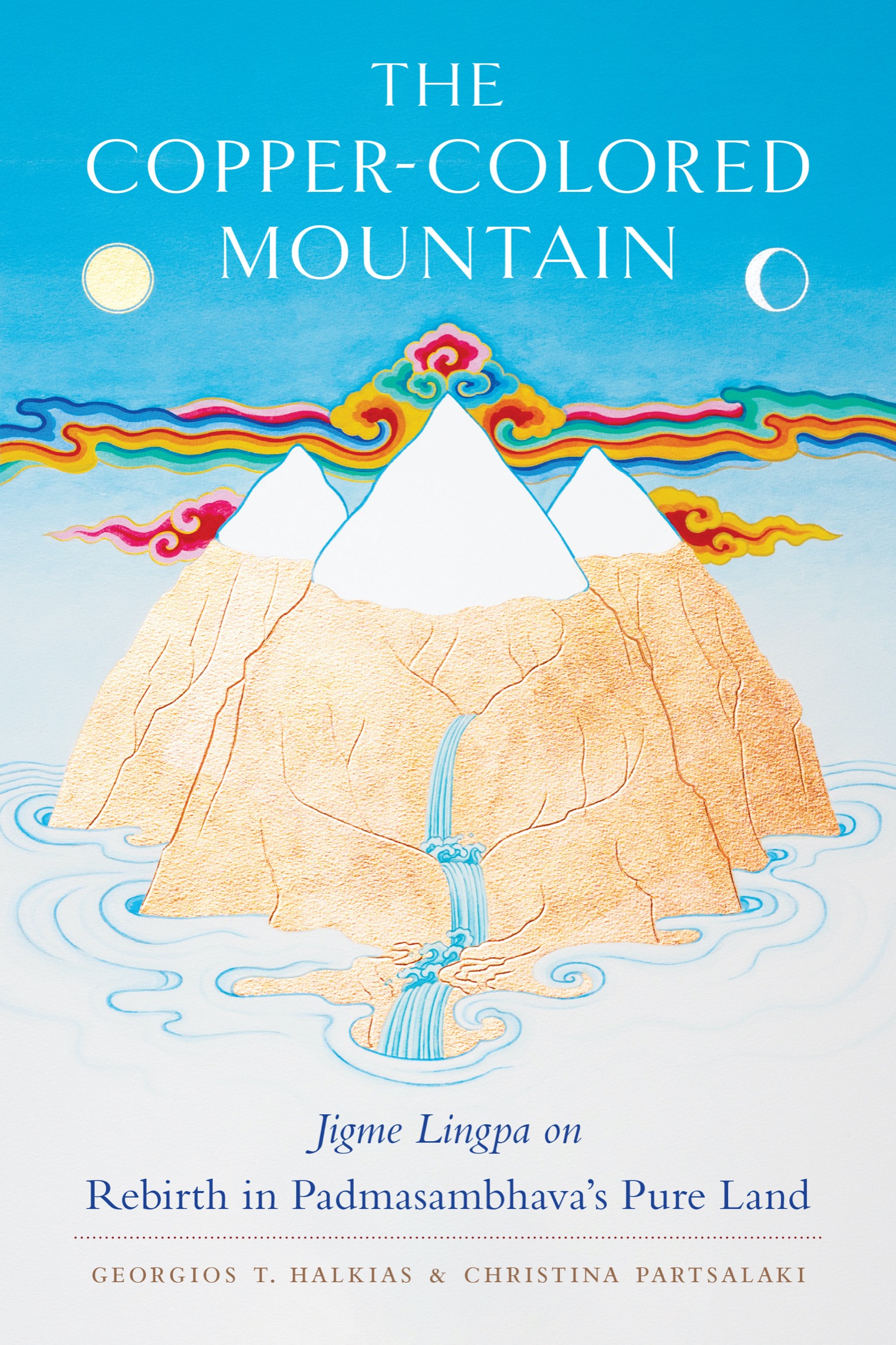Foreword

Pure realm is one of the most misunderstood or only partially understood subjects in Buddhism. Often, it is equated with the notion of heaven that is found in many other religions. Theres a good reason for that, because descriptions of pure realms like the Copper-Colored Mountain are often lofty and exalted, fitting what we human beings think of as comfortable and perfect.
Little do we pay attention to the actual in-depth study of pure realms, as contained in the Amitabha Sutra, even though we have been told time and again that pure realms are actually right here and now, where we now are, feeling the page of this book at this very moment.
Yet, for some reason, ignorant beings like ourselves with strong defilements of hope and fear always get trapped by these grand and sublime images of pure realms. Even such illusions, however, are not entirely rejected in the scriptures, as they can serve as a skillful means and stepping-stone on the path for certain kinds of disciples.
Among the many pure realms, Zangdok Palri, or the Copper-Colored Mountain, stands out in many different ways. Unlike descriptions of many other pure realms that are full of swans swimming in lotus-covered ponds and other idyllic images, Zangdok Palri is also described as the land of yakshas and rakshasas, or cannibals.
In particular, in so many tantric, and especially Nyingma, teachings, the Copper-Colored Mountain is none other than ones own heart or, even more importantly, the essence of ones own mind.
If, in this age where we shun all symbolism and ritual as archaic superstition, we were to state that the very act of longing to be reborn in the Copper-Colored Mountain is exactly the same as yearning to perfect vipassana, such a statement will not fit into peoples mind streams.
And so, I am very encouraged that, even in this day and age, not only is the name Copper-Colored Mountain still uttered, but Professor Halkias and Christina Partsalaki have now put great effort into presenting a wide range of explanations of its meaning.
Since I firmly believe in the law of cause, condition, and effect, I am confident that just mentioning the name Copper-Colored Mountain will plant the seed of actually experiencing it, if not now, then definitely in the future.
Dzongsar Jamyang Khyentse
May 2021
Preface

If we possess the image of a thing, we possess half the thing.
C. G. Jung, The Red Book
Myths are powerful and all-pervasive. They enable us to structure our reality and encapsulate our worldviews. Being neither fictional nor untrue, they communicate our deepest human aspirations and experiences symbolically, even before we can grasp them on a conceptual level. Mythical narratives may be figurative, symbolic, or archetypal in preserving the hidden meaning behind the mystical journeys to other worlds. People throughout the ages and times have envisioned, and perhaps even visited, realms beyond our owncelestial, terrestrial, and otherworldly places located beyond the reality determined by our ordinary sense perception. Myths, beliefs, and longings centered on other worlds inform Buddhist and non-Buddhist descriptions of visionary dreams, mystical journeys, and numinous encounters.
The present work is about an extraordinary contemplative journey to an exalted Pure Land, Padmasambhavas Glorious Copper-Colored Mountain. It is preserved in the form of an eighteenth-century aspiration prayer (mnlam) authored by the renowned Tibetan Buddhist mystic Jigme Lingpa (1729/3098). The Secret Path to the Glorious Mountain: A Prayer of Aspiration for the Glorious Copper-Colored Mountain (hereafter Secret Path) is a seminal text of Tibetan culture, religion, and tantric practice. It is the testimony of Jigme Lingpas vision of the Glorious Copper-Colored Mountain, which ultimately transcends the limitations of the written word, conceptual knowledge, and cultural conventions. This form of transcendence is ineffable, marked by an absence of a subject-object dichotomy.
It is often said that the map is not the territory. In the case of the Secret Path, the map Jigme Lingpa presents to us does not simply reflect Mahayana soteriology in a Tibetan cultural context but rather offers an occasion to recognize new possibilities. The pure land that emerges from a close reading of the Secret Path exists in the never-ending here and the always-present now, where yearning and aspiration, representation and memory, blend together in an indistinguishable harmony. The Secret Path is the map, and Padmasambhavas Pure Land the territory.
This book provides a guide to Jigme Lingpas Secret Path. The introduction includes a discussion of the Seminal Heart (Longchen Nyingthig), the visionary tradition of which the Secret Path is a part. The important figures of Padmasambhava and Jigme Lingpa are then presented, followed by the esoteric conceptualization of the pure lands, testifying to a harmonious synthesis of aspirational (


